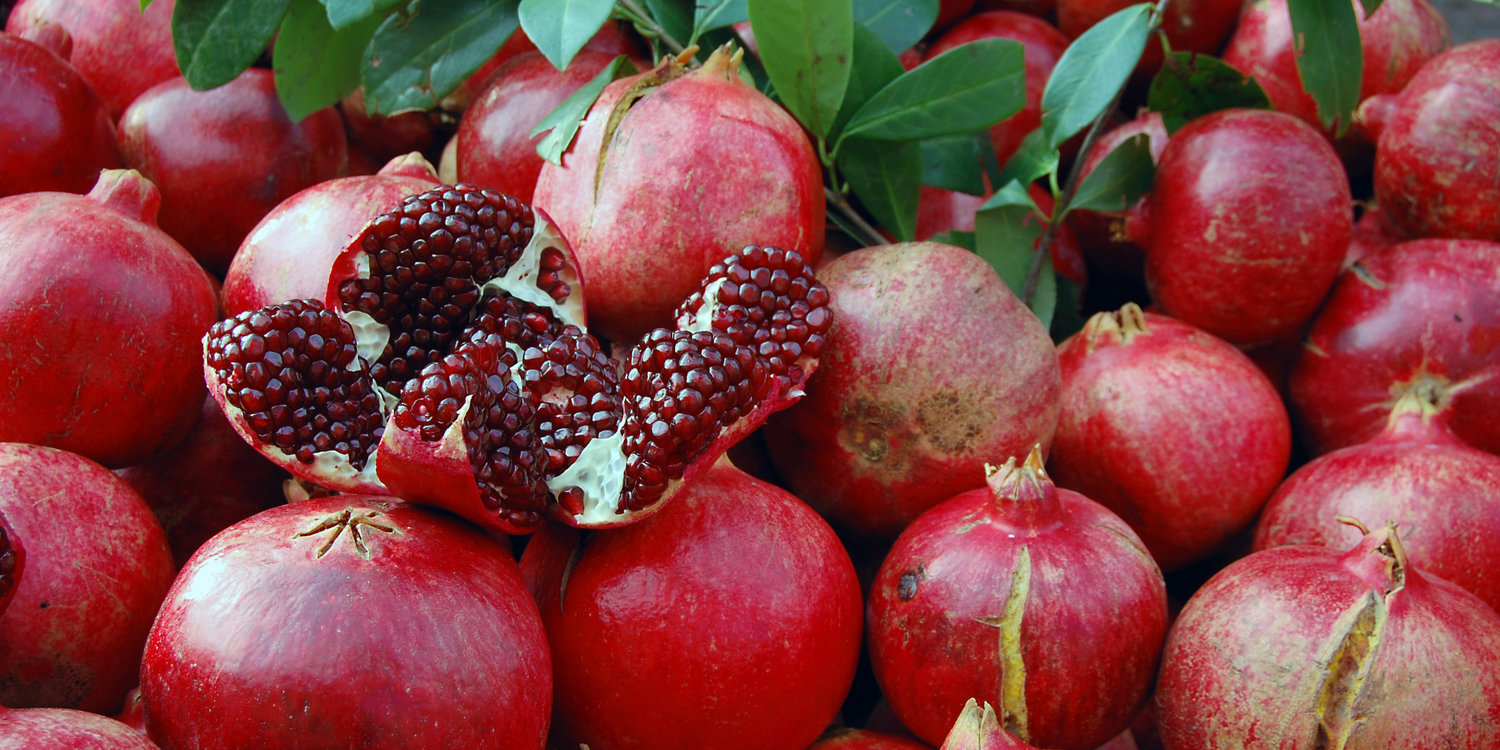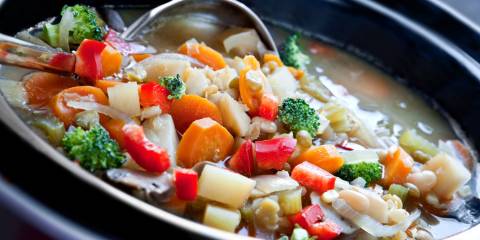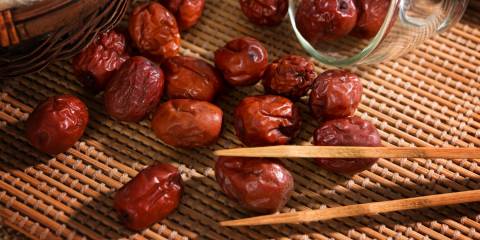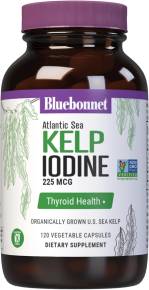Color Guards
These antioxidants, called anthocyanins, come from phenolic pigments, which give the fruits their color. While the reds of strawberries and raspberries might readily spring to mind, cranberries, pomegranates, and figs can add rich color and seasonal flavor. These fruits might not be regulars in your daily routine, but research indicates that learning to include them more frequently in your dietary repertoire is well-worth doing.
Phenolic compounds, with their antioxidant and free-radical scavenging powers, and vitamin C (the most prevalent scavenger of water-soluble free radicals) appear to have enhanced capabilities when both are present. In addition to their anticancer activities, the polyphenols found in red and purple fruits can also protect the vascular system, ease allergic symptoms, reduce inflammation, and inhibit tumor growth.
Cranberries
Relatives of the blueberry, cranberries are cultivated primarily in the northern U.S. in marshy bogs. Native Americans cultivated and used them not only for food but also for dyes and medicines and as a symbol of peace and friendship among various tribes.
In addition to the cranberry’s anticancer properties from its antioxidant ellagic acid and anthocyanin compounds, you can enhance kidney, bladder, and skin health by eating this fruit. Cranberries are also a good intestinal antiseptic, keeping at bay E. coli (which cause a large percentage of urinary tract infections) by helping to flush this bacteria from the body. And because the cranberry contains a particularly high level of antioxidants, it may be a prime protector against cancer, atherosclerosis, and other degenerative diseases.
One of the more underutilized of all fruits, cranberries are versatile and store quite well. Fresh cranberries can be refrigerated for four weeks or more, while frozen berries can last for at least a year. Cranberries are found in luscious shades ranging from bright red to deep burgundy, and at their peak, they will bounce if dropped! Did we mention that cranberries are low in calories? Stock up on these reds, and start integrating them into your diet year-round.
Pomegranates
Pomegranates are another rich source of cancer-fighting antioxidants and may improve cardiovascular health by reducing oxidation of LDL cholesterol. Especially popular in the Middle East, pomegranates contain two forms of estrogen—estrone and estradiol—and have been used to help balance hormones. This fruit is also a good source of potassium and vitamins C and B6; it has potent anti-inflammatory properties and has been shown to lower blood pressure in people with hypertension.
While pomegranate juice is enjoying newfound popularity in the Western world, many people are not familiar with the fruit itself. Pomegranates have a tough, shiny skin, which can range in color from yellow-orange to red to purple. Compare pomegranates by weight and select the heaviest, since the seeds make up about half of the weight. These fruits can be stored in a cool place for up to one month or in the refrigerator for two months. To eat fresh pomegranate, slice off the top and tail of the fruit and score into quarters. Submerge the fruit in a bowl of cold water and peel away the clusters of seeds from both the rind and the bitter white pith. The seeds, quite small and encased in juicy flesh, will sink to the bottom of the bowl (these seeds may be eaten in their entirety). Drain and use in recipes, or eat as is for a healthy snack.




